Your Guide to Happy Healthy Houseplants
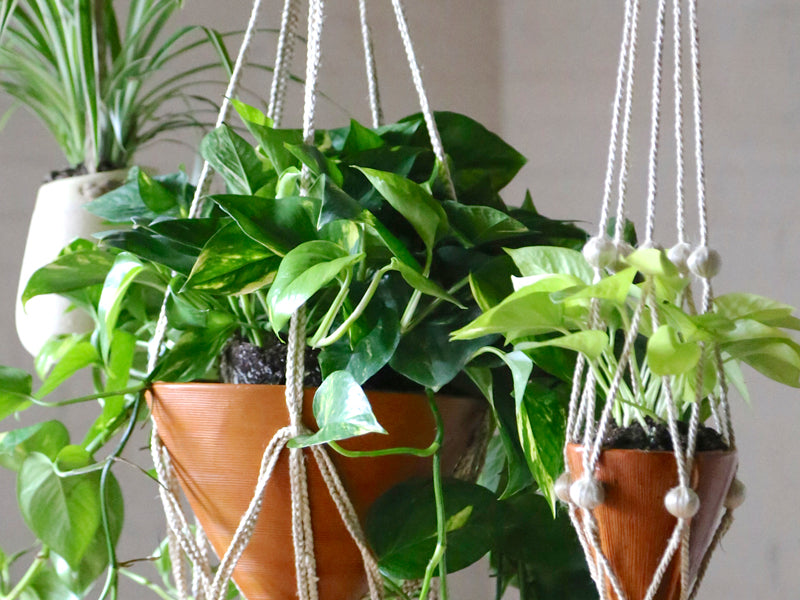
“I can never keep a plant alive!”
Raise your hand if you’ve said this phrase again and again after you pick dried leaves off of a little clay pot you just bought a few weeks prior. Another attempt at a green thumb fails in front of your eyes as your windowsill claims its latest victim.
But don’t worry—this guide will help turn that wilted daisy into new motivation to grow once again!
There is something extra special about nurturing houseplants. And you’re right, it isn’t always easy. From figuring out what plant works well in what type of light to deciding how much water it needs, the process can feel overwhelming.
Here’s a quick checklist to follow while prepping your indoor garden and some easy beginner ideas to get started.
Scout
Decide where you want plants in your house. Take note of the temperature in that spot. Also, lighting is key in helping your plant survive. Direct sunlight is typically a windowsill that’s flooded with lots of light, a sun or garden room, or within 1-2 feet of a south or southwest-facing window. Indirect sunlight is any place where sun shines in the room for a few hours, or within 4-5 feet of window areas. Low light is at least 5 feet away from windows facing south or southwest and in rooms where morning like shines for a few hours. Finally, a shady location is 6 feet away from most windows (unless that window is shaded, then that’s perfect!). Come up with a few areas, write them down on a list, and get ready to shop!
Shop
Support your local greenhouses or nursery. Make sure to bring your notes along to inquire about direct/indirect sunlight needs, which are also a good indication of how much water is needed. Check to see what kind of fertilizer is also important for your new plant.
Situate
It’s time to plant, place, and party! Ensure the area in your home matches the plant you’ve purchased and is a good environment for the plant to thrive. Grab a book (or your morning brew) and enjoy your new fresh space.
Schedule
Make a watering and fertilizing schedule based on your plant needs. It’s important to keep a simple calendar as a reminder when your plant needs care. This scheduled care also serves as a reminder to check for bugs and pests that may be hindering your plant’s growth.
Here is a list of some good beginner houseplants to help get you started on this adventure!
Aloe Vera
Benefit: Aloe is most famous for use as a remedy for sunburn relief
Light: Place in indirect sunlight or even artificial light
Oh, the memories. Many times aloe vera came in handy after vacations to the beach where sunscreen was used too sparingly. Aloe vera is known to be a natural remedy for sunburn relief with a cooling sensation. To use, you snap a piece of the aloe vera leaf off and apply the inner gel to your sunburn. You will want to plant this in a wider planter, with a well-draining base. This will help filter the water through the soil and ensure the aloe vera plant isn’t waterlogged. Always check for unwanted critters (aka bugs) and get rid of them if they are harming the plant.
Epipremum Aureum (Devil’s Ivy)
Benefit: Purifies air by removing formaldehyde
Light: Place in bright, indirect sunlight
Certain cleaning sprays, air fresheners, nail polish, and perfumes contain formaldehyde and philodendron purifies this from the air. This plant is easy to take care of. Once you water it, you wait until the top inch or so of soil is dry before watering again. Feel free to mist the plant as well. Just make sure to make it part of your daily routine to check that top layer of soil, and you should have a thriving plant in no time. Like many plants, ingesting this is harmful. Keep away from pets and children. Check for pests and bugs as well.
Snake Plant
Benefit: Purifies air by removing nitrogen oxide from fuel-burning appliances
Light: Place in indirect sunlight
There are many snake plant types. Sometimes it is even referred to as ‘Mother-in-Law’s Tongue.’ This plant removes nitrogen oxide from stoves or other appliances that use fuel-burning techniques or wood. They should not be watered too much. Let the soil dry out between waterings in order to have the healthiest snake plant. With so many types (such as Rhino Grass with red-tinted leaves or Cylindrical snake plant with its dark green, striped leaves), you’ll definitely find one you like! Like the above plants, always check for pests and bugs to ensure your plant’s survival.
Hoya
Benefit: Purifies air by removing most pollutants
Light: Place in filtered, medium light
The Hoya plant makes for an excellent, durable, sturdy houseplant. They need moist, well-drained soil. In order to keep the plant vibrant and thriving it needs frequent watering. Misting the leaves every so often will also help. This type of hoya, the Hoya carnosa, is a great climber. Once again – check for pests and bugs.
Air Plant
Benefit: Purifies air by removing chemical pollutants
Light: Place in bright, but filtered, sunlight
Because it’s easy to manage and absolutely adorable, it’s clear to see why the air plant is one of the most popular indoor plants right now. These little plants seem to “float” in the air without need for a typical pot or planter. Though this plant is very easy to take care of, it’s still important to pay attention to the water needs. First, submerge the plant in a dish full of water for around 12 hours. Once this happens, you do not have to water it for 9-13 days. You can mist the plant by spraying water on it very gently every few days—but not often. As always, check for pests and bugs so your air plant stays afloat for a long time!
Grab a pen and paper and start planning. Your indoor oasis awaits. Forget all those negative experiences with houseplants before now. The past is the past. And the plants really are greener on the other side.
What is your favorite houseplant?
Do you have any indoor planter tips? Share with us in the comments below!



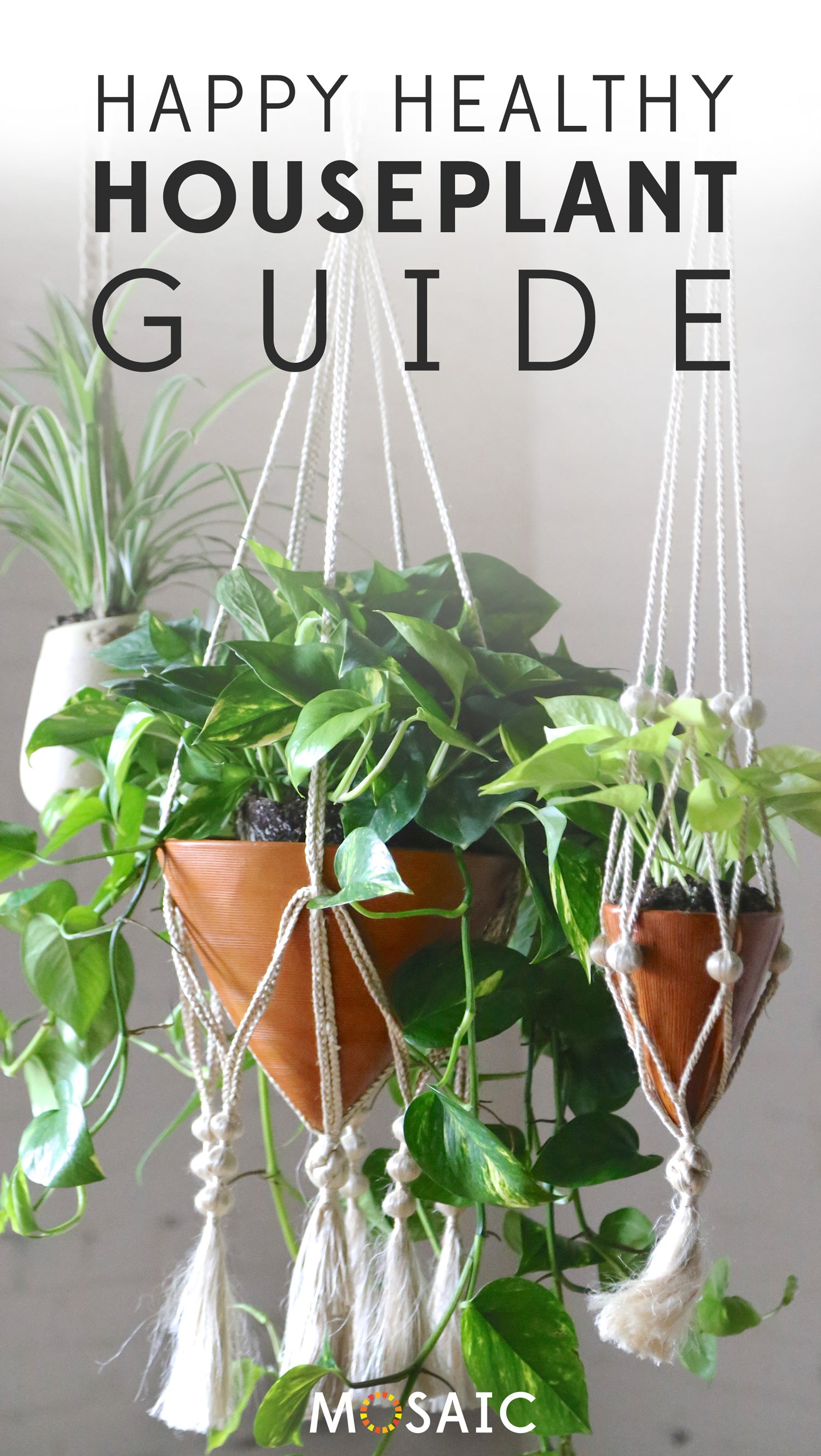



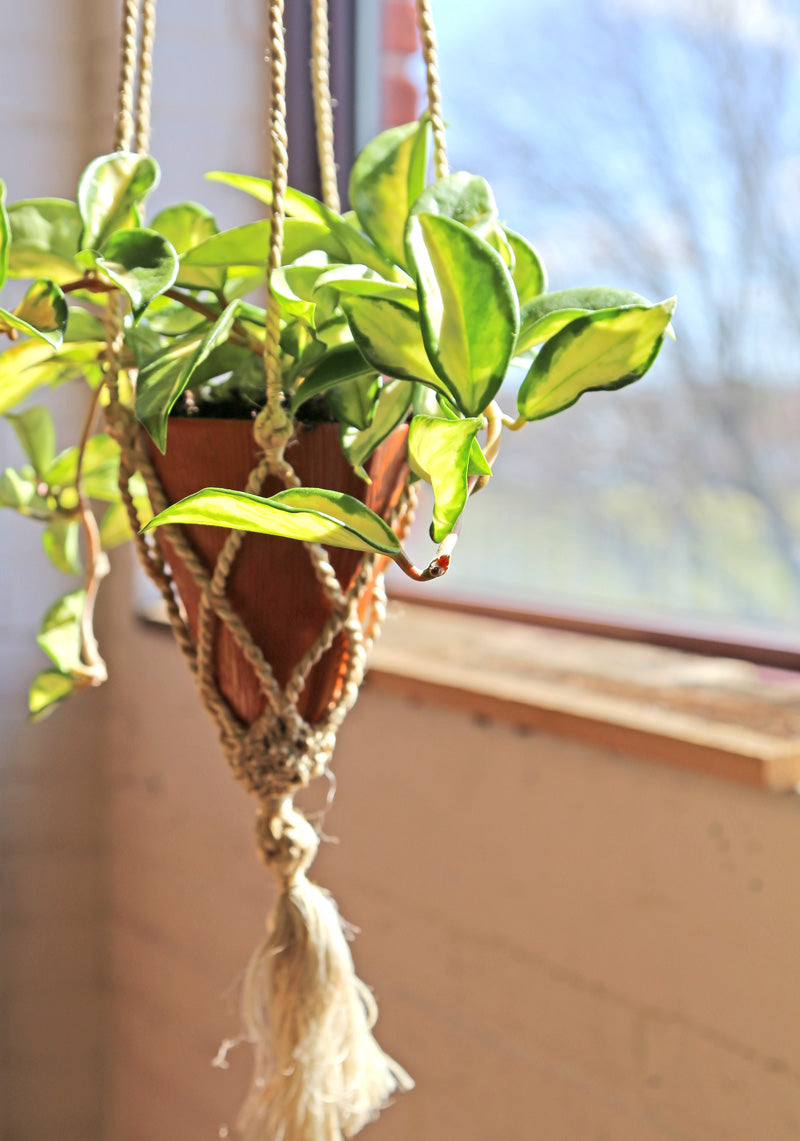

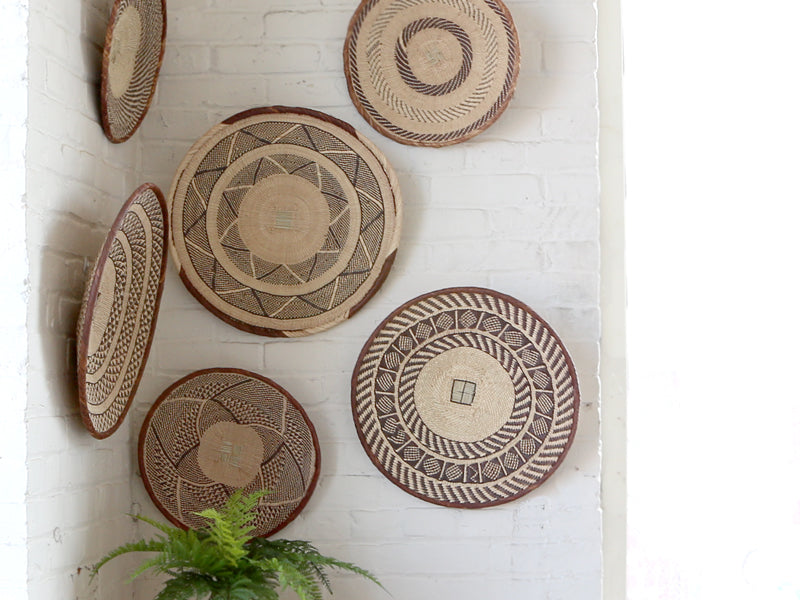
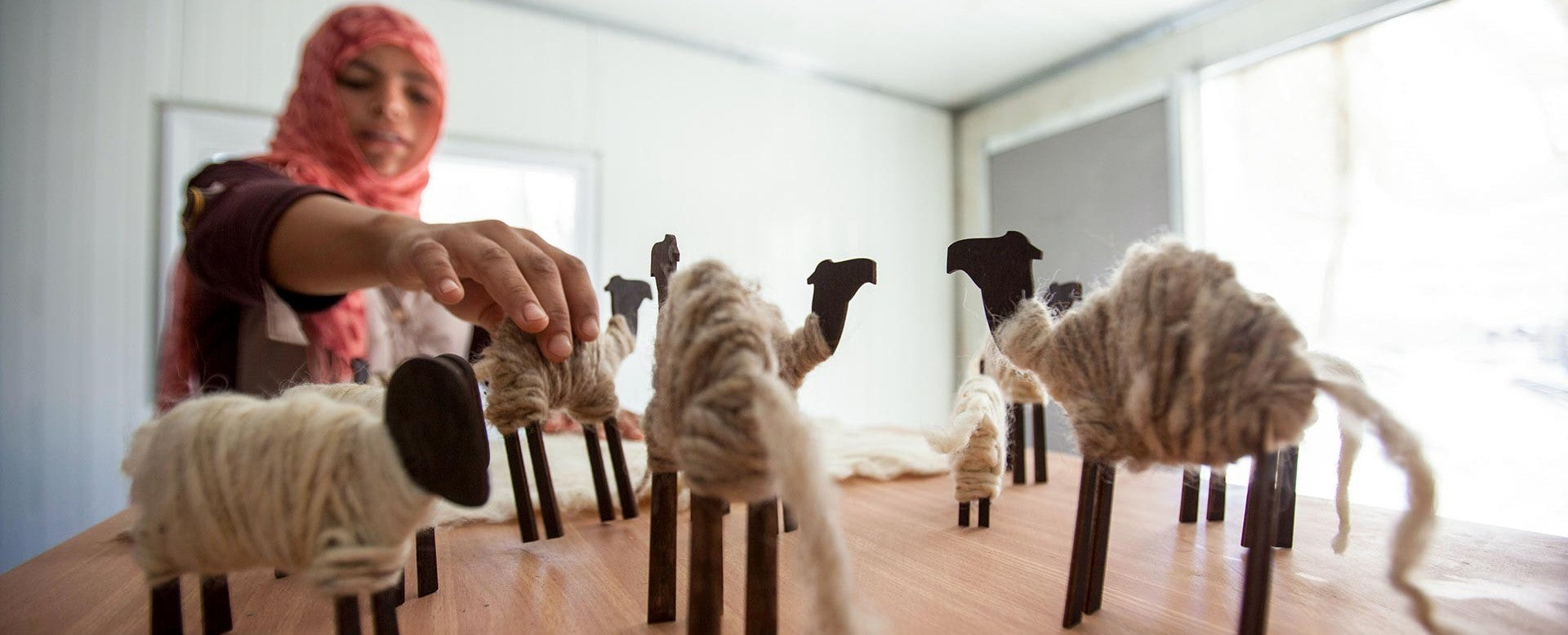

Comments